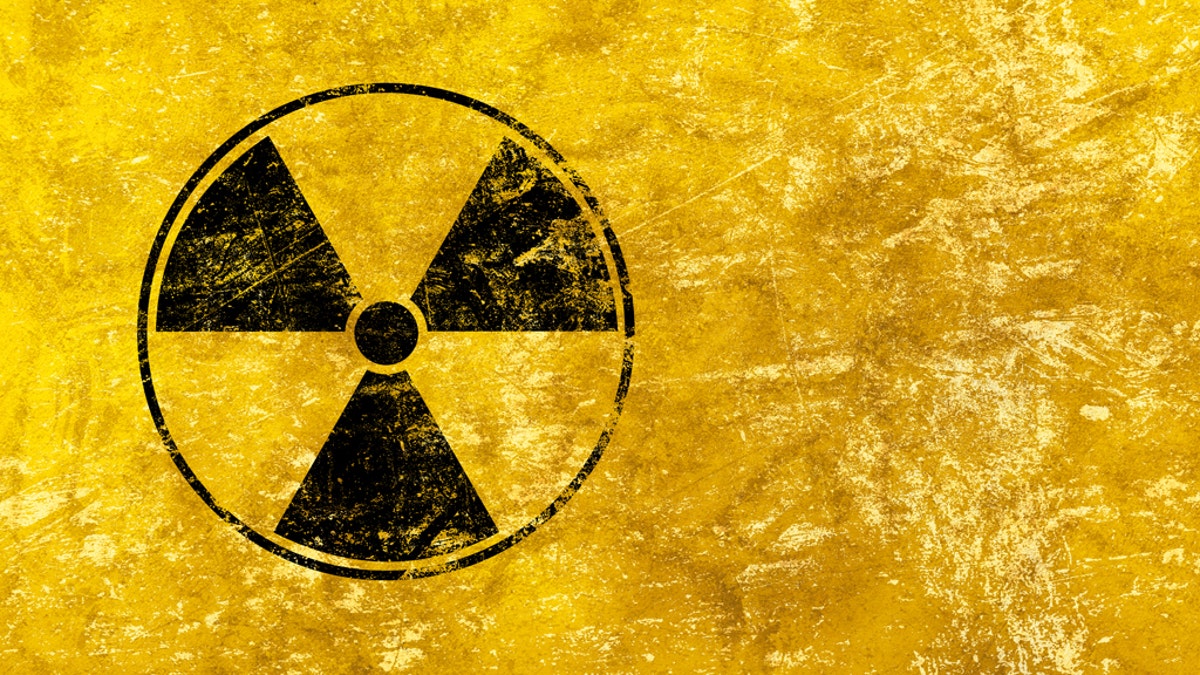Fox News Flash top headlines for June 29
Fox News Flash top headlines are here. Check out what's clicking on Foxnews.com.
A mysterious radiation spike has been reported over parts of Northern Europe. Calculations made by Dutch officials indicate that the radiation comes from the direction of western Russia.
“The combination of radionuclides may be explained by an anomaly in the fuel elements of a nuclear power plant,” said the Dutch National Institute for Public Health and the Environment (RIVM) in a statement.
RIVM performed calculations to find out the source of the radionuclides. “The calculations indicate that the nuclides come from the direction of western Russia. Determining a more specific source location is not possible with the limited data available.”
“No specific country of origin can be pointed out at this moment,” it added.
COLD WAR NUCLEAR TESTS CHANGED RAINFALL THOUSANDS OF MILES AWAY, SCIENTISTS REVEAL
Russian news agency TASS, citing a spokesman with the state nuclear power operator Rosenergoatom, reported that two power plants in northwestern Russia haven’t reported any problems.

Black radioactive hazard warning sign. (iStock/BreakingTheWalls)
The Leningrad plant near St. Petersburg and the Kola plant near the northern city of Murmansk “operate normally, with radiation levels being within the norm,” TASS said.
"There have been no accidents or reportable events at any plants or industry facilities. We haven’t detected any elevated levels of isotopes at any of our sites," a spokesman for Rosenergoatom told Fox News, via email Tuesday. "According to the independent monitoring sources, background radiation readings in European Russia over the last month have been within the range of long-term averages."
"We are committed to the highest standards of transparency and ready to share information and data with European radiation monitoring agencies," the spokesman added.
SCIENTISTS HAVE A NEW THEORY ON HOW THE CHERNOBYL DISASTER UNFOLDED
In a tweet, Lassina Zerbo, executive secretary of the Comprehensive Nuclear-Test-Ban Treaty Organization in Austria, said that a monitoring station in Sweden detected three isotopes associated with nuclear fission at higher than usual levels on June 22 and 23.
The isotopes are not harmful to human health, Zerbo said. “These isotopes are most likely from a civil source. We are able to indicate the likely region of the source, but it’s outside the CTBTO’s mandate to identify the exact origin,” Zerbo added in a subsequent tweet.
Zerbo tweeted an image of the possible source region in the 72 hours preceding detection that spanned parts of southern Scandinavia, Finland, Russia and the Baltic states.
CHERNOBYL: US FOREST SERVICE HELPS REDUCE WILDFIRE RISK IN CONTAMINATED ZONE
Last week, the Swedish Radiation Safety Authority tweeted that “very low levels of the radioactive substances cesium-134, cesium-137, cobalt-60 and ruthenium-103 were measured.” The levels measured are so low that they pose no danger to people or the environment, it added, in the translated tweet.
CLICK HERE TO GET THE FOX NEWS APP

A lake in the sprawling forests of Smaland reflects the sky above in southern Sweden on Aug. 4, 2016. (Kristian Buus/In Pictures via Getty Images Images)
Monday marks the 47th anniversary of the Kola nuclear power plant, according to Russian state atomic energy corporation Rosatom, which owns Rosenergoatom. “On June 29, 1973, the electricity generated at the first power unit first began to flow into the Kola power system,” Rosatom said Monday in a translated tweet.
The Associated Press contributed to this article. Follow James Rogers on Twitter @jamesjrogers.

